Kale is one of the most popular leafy greens that’s also considered a ‘superfood’ by many health aficionados. It’s not surprising, though – it’s loaded with beneficial nutrients and plant compounds that help you stay healthy.
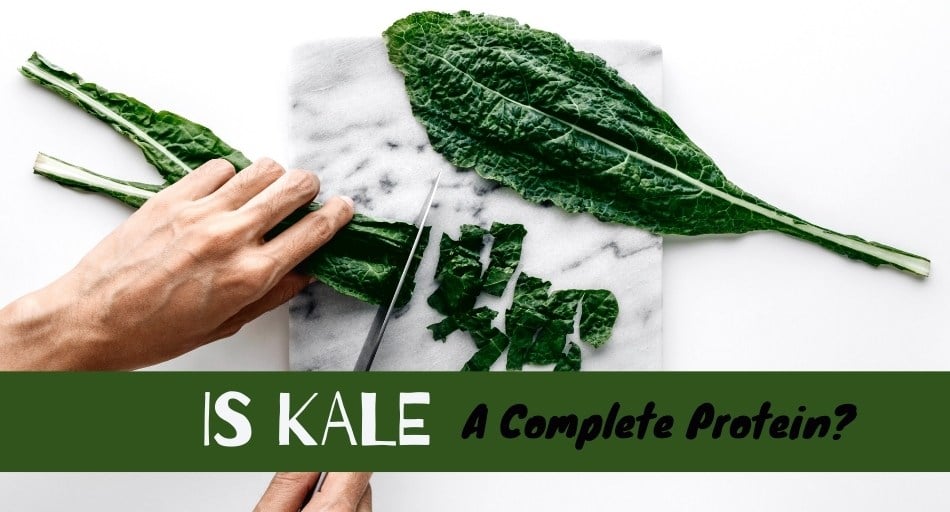
This leafy green also contains some protein, which might make some people wonder if it also contains all nine essential amino acids that would make it a complete protein.
So, is kale a complete protein? Or is it just a healthy addition to a balanced diet?
Table of Contents
Is kale a complete protein?
Kale contains a small amount of protein, and it also doesn’t provide you with all nine essential amino acids that your body cannot produce on its own. So, unfortunately, it’s not a complete protein.
But even though kale doesn’t contain all nine essential amino acids, this leafy green is rich in various minerals and vitamins as well as antioxidants that contribute to good health and disease prevention. So, it’s beneficial to eat kale on any diet.
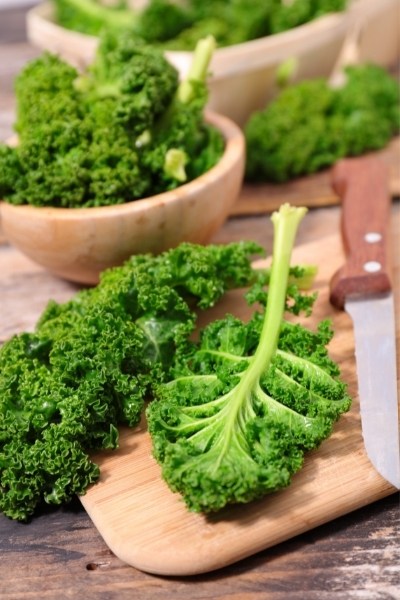
Why is kale not a complete protein?
Kale isn’t a complete protein, as it only provides you with eight out of the nine essential amino acids.
This leafy green is rather low in methionine, which means that you have to consume it with a good source of this amino acid to create a complete protein.
Kale does contain the last amino acid but in very low amounts. So, you’d have to consume very large servings of kale to reach an adequate amount of each essential amino acid.
So, it’s best to consume kale with other foods, thus creating a complete protein profile.
What’s more, remember that it’s not necessary to consume complete proteins with every meal.
The only thing you should keep in mind is that it’s best to eat complete protein food pairings within a 24-hour window to get the best results.
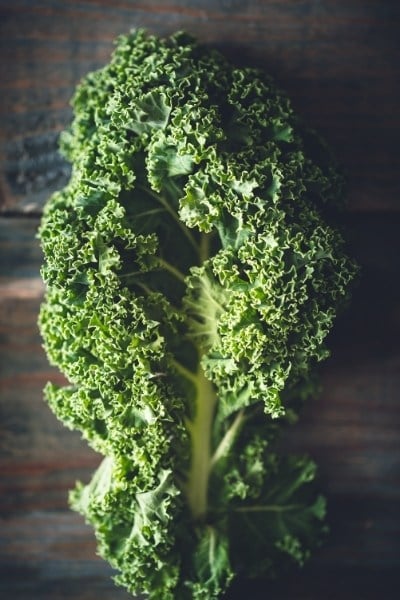
So, for example, you can eat a kale salad for lunch and then indulge in some wild rice with chicken for dinner. This will allow you to create a complete protein very easily.
How can you make kale a complete protein?
Kale is low in methionine, so it needs to be consumed with a source of this amino acid to help you create a complete protein profile.
This leafy green pairs well with chia and sesame seeds, wild rice, hemp seeds, and nori.
Other foods that provide this missing amino acid include soybeans, tofu, beans, lentils, spirulina, and wheat germ.
You can also pair kale with eggs or sour cream, especially when making salads. These two ingredients are not only rich in the missing amino acid but also other nutrients that can improve your health.
Kale can be consumed either raw or cooked, so many recipes allow you to mix this leafy green with dietary sources of methionine. For example, raw kale can be used for salads, and cooked kale works great for bigger dishes, sauces, and even some soups.
So, you can get very creative with how you prepare kale.
It’s also important to remember that kale is low in protein in general. A single one-cup serving of raw kale contains only about 2.2 g of protein, which is just 4% of your daily recommended need for this macronutrient.
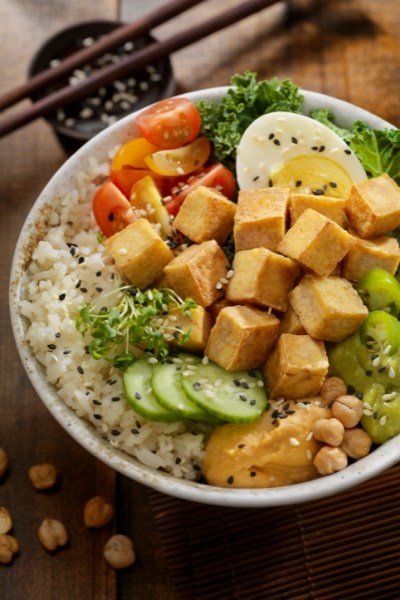
So, make sure to include other high-protein foods in your diet to reach your daily need.
Is kale good for you?
Aside from containing some protein, kale is an excellent source of various nutrients. For example, a one-cup serving of raw kale provides you with almost seven times as much vitamin K as you need per day.
Vitamin K is a fat-soluble vitamin that helps your body make various proteins necessary for blood clotting and the building of bones.
Because of that, it’s an important micronutrient that protects your bones and speeds up wound healing.
Kale also packs a great dose of vitamin A, which is another fat-soluble vitamin. This nutrient protects your eyes from night blindness and age-related issues.
It also lowers your risk of certain types of cancer and supports a healthy immune system.
So, eating kale can help you quickly load up on both vitamin K and vitamin A.
Another vitamin that kale is rich in is vitamin C. This nutrient is a water-soluble antioxidant, but it also has many more beneficial effects on your health.
Getting enough vitamin C has been shown to boost your immune system and reduce your risk of catching the common cold and other viral infections.
Vitamin C also improves the absorption of iron and protects your skin from collagen loss.
Kale contains more vitamin C than a single serving of orange. So, it’s a good idea to consume this leafy green and load up on this micronutrient.
When it comes to minerals, kale contains an impressive amount of manganese. This nutrient helps your body form connective tissues, bones, blood clotting factors, and sex hormones.
It also contributes to the metabolism of fats and carbohydrates and even calcium absorption.
Aside from that, manganese is extremely important for normal brain and nerve function. So, it’s a good idea to load up on manganese-rich foods.
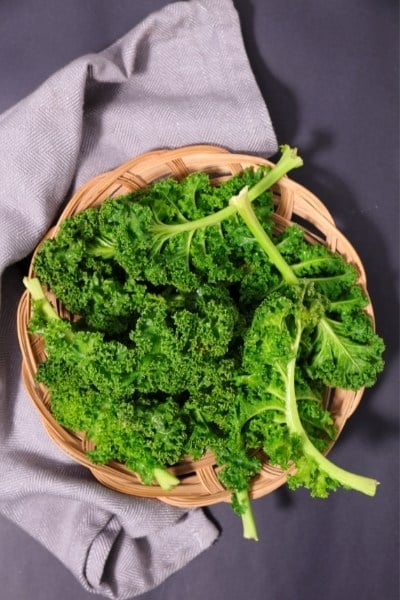
Just like other leafy greens, kale is rich in powerful plant compounds and antioxidants. These help flush out free radicals from your body, preventing oxidative stress and damage to your cells.
As a result of that, you’re less likely to develop many chronic conditions, including diabetes, heart disease, and even cancer.
The antioxidants found in kale also have anti-inflammatory, blood pressure-lowering, and anti-depressant properties. So, eating kale can benefit you in various ways.
Conclusion
Kale is a rather low-protein leafy green. Because of that, it’s quite low in one of the nine essential amino acids, which means it’s not a complete protein.
So, it’s important to consume it in combination with other foods that contain the missing amino acid.
Aside from protein, kale is a wonderful source of powerful antioxidants as well as various vitamins and minerals. So, eating it can contribute to good health and help prevent infections and diseases.
So, as you can see, eating kale brings many excellent benefits.
Sources: Nutrition Data, National Library of Medicine, and Science Direct
